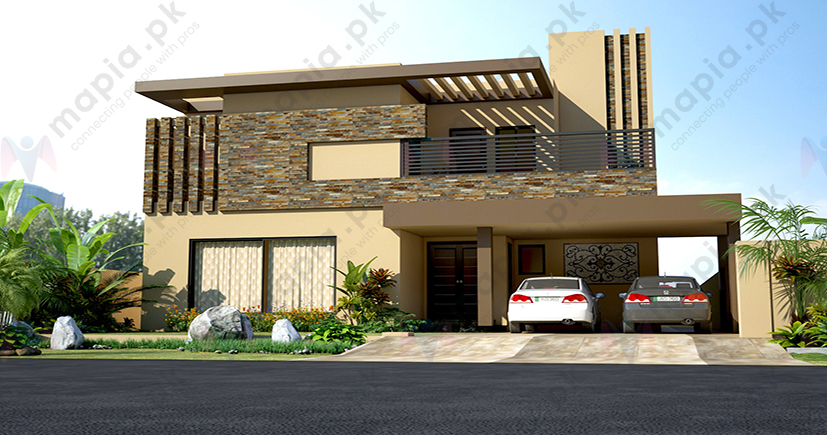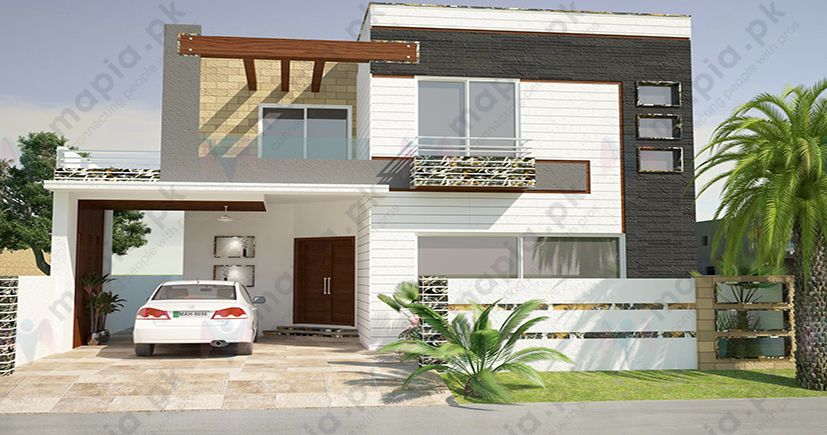Architectural and Engineering Glossary
L
A relatively small structure,having openings in its sides,above the roof of a building to provide light on its interior.
A small skylight atop a building to provide light and ventilation in the space below.
The top of a chimney shaft whose sides are pierced near the top to carry away the products of combustion,rather than their being carried away through the top of the chimney,which is covered.
See cupola.
1.To overlap or partly cover one surface with another,as in shingling.2.The length of the overlap,as the distance one tile extends over another.
An adhesive used to seal the laps and sides of a jacket that surrounds thermal insulation around a pipe.
Premium Product & Services
Best products and services from our partners
A type of asphalt used as an adhesive between the laps of roll roofing.
Same as lapped dovetail.
1.A joint in which one board, plank,metal plate, etc.,overlaps the edge of another piece;the overlapping part of each member is cut away to half thickness,resulting in flush surfaces.2.A joint formed by placing one piece partly over another and uniting the overlapped portions.
Same as half cut notch.
Said of two plates overlapped and then joined by riveting.
A flush joint formed by fitting one end of a length of wood gutter into the opposite end of another.
A joint formed by overlapping the edges of metal sheets or plates and joining them by riveting,welding,soldering,or brazing.
See clapboard.
1.A connection of reinforcing steel made by lapping the ends of bars.2.A splice made by placing one piece on top of another and fastening together with pins,nails,screws,bolts,rivets,or similar contrivances.
A weld in which the ends of the pieces are overlapped and then joined by welding.
A bedrock surface,beneath the soil,roughened as a result of action by a solution of limestone,gypsum,or other soluble rock;usually deeply trenched along joints.Such a bedrock presents hazards and results in excessive costs for footings and foundations.
Same as milliarium.
A rich blue semiprecious stone;either used decoratively or ground and powdered for use as an ultramarine pigment.
A dove tail at an angle in which the pegs of one member do not pass through the full thickness of the other;esp.used at the front of a drawer.
Two tenons which enter a common mortise from opposite sides and overlap one another.
One of a series of pendants trimming the eaves of a roof.
In reinforced concrete,the overlapping of steel reinforcing bars,or other reinforcement,so there is continuity of tensile stress in the reinforcement when the concrete member is subjected to a flexural or tensile load.
Same as lacunar.
In Roman houses,a small shrine to the household gods (lares).
A fine textured,strong,hard,straight grained wood of a coniferous tree;heavier than most softwoods.
A room where food is stored.
The heat required to raise 1 kilogram of water 1°C; equivalent to 1000 small calories or 1 kilocalorie.
A knot in wood which is greater than 11⁄2 in. (3.8 cm) in diameter.
1.A corona.2.Any horizontal member or stringcourse similar in profile to a corona and projecting from a wall to throw off rain;a roll molding,drip,etc.
A mineral which is a major constituent of portland cement;beta dicalcium silicate.larry A hoe having a long handle and a blade which usually is perforated;used for mixing mortar or plaster.
In masonry construction,the laying of bricks by sliding the bricks into appropriate positions (for example,between the inner and outer walls of a cavity wall) and then filling the space between with mortar.
A device that emits a powerful beam of coherent light in an intense beam;used, for example,on building projects to provide a means of ensuring that construction is along a straight line,or to ensure that the construction is carried out to precisely the same height.
1.On drawings, abbr.for “latitude.”2.On drawings,abbr. for “lateral.”
In the architecture of the southeastern US,palmetto fronds employed as a roof covering.
A simple fastening device having a latch bolt,but not a dead bolt;contains no provisions for locking with a key;usually openable from both sides.
A spring bolt, one edge of which is beveled;when the door or window to which it is attached is closed,the bolt is forced inward;when in the fully closed position,the bolt springs back into a fixed notch or cavity.
An escutcheon that protects the area of a door around a latch.
Same as tingle.
A key used to raise and throw back the latch of a door.
A string for raising the latch of a door from the outside;it is fastened to the latch and passed through a hole above it in the door.
The last phase of the Gothic Revival in the early part of the 20th century,in which an attempt was made to emulate its Gothic architecture prototype with some degree of accuracy;for example,see Collegiate Gothic.
See Neo-Rococo.
A term occasionally applied to architecture in the Queen Anne style.See Victorian architecture.
The amount of heat which is absorbed or evolved in changing the state of a substance without changing its temperature,e.g.,in freezing or vaporizing water.
A brick,formed in a mold and dried in the sun or baked in a kiln by the early Greeks and Romans;much larger and much thinner than modern bricks;each brick was stamped with the name of the maker and the year in which it was made.
A brick baked in the sun rather than in an oven.
Same as lateral sewer.
The buckling of a structural member which involves lateral deflection and twist.
A buttress that stands at one corner of a building.














